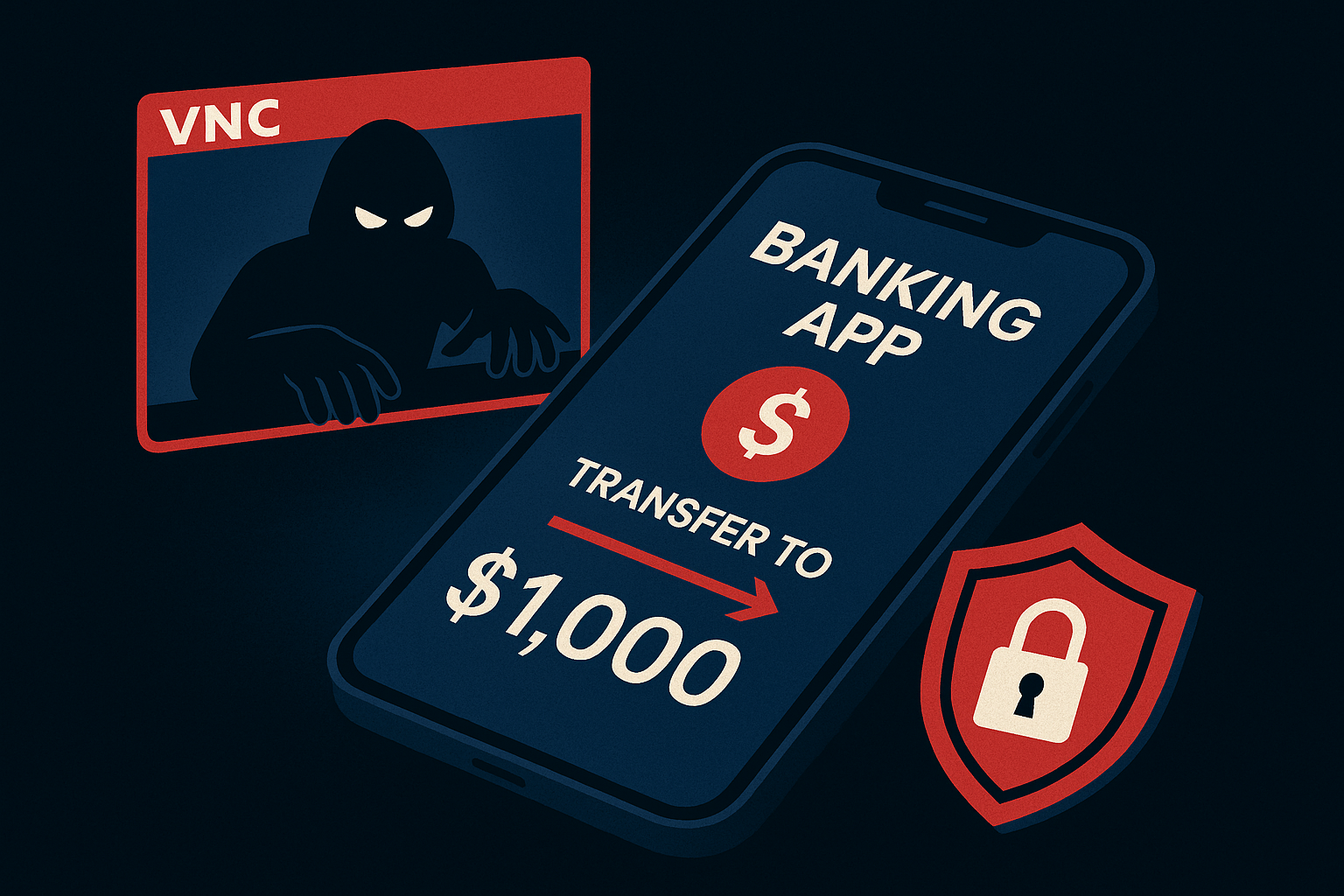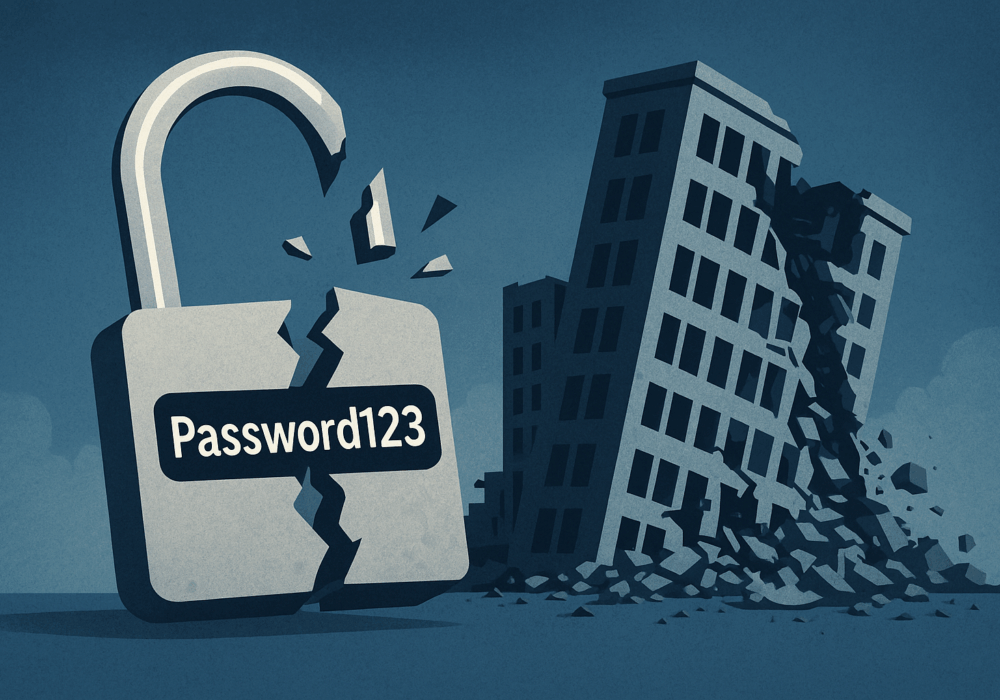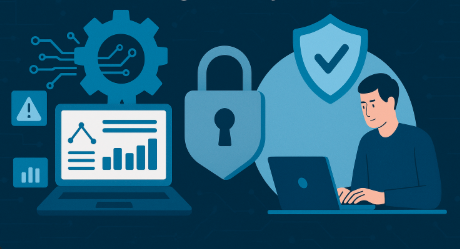Privilege Escalation Attacks are when attackers acquire access to elevated (administrative) rights, or privileges, beyond a simple regular unprivileged user. Privilege Escalation progressively increases a hacker’s access to a computer system by exploiting inherent security vulnerabilities. They are classified into horizontal and vertical privilege escalation attacks based on the attack’s strategy and objective. Privilege escalation attacks may also have general targets like an entire system or network, but the attack can also be more focused such as a particular user or specific application.
Horizontal privilege escalation involves the attacker gaining access to a user account and increasing the permissions on that account. This type of privilege escalation is typically more challenging, as it generally requires a greater understanding of the system’s vulnerabilities and the greater use of hacking tools. Attackers often use phishing campaigns to perform the first step of gaining access to an account.
Several options are available for elevating permissions in horizontal privilege escalation. Exploiting operating system (OS) vulnerabilities is one of the most popular for gaining root-level access using a plain unprivileged user account to access or invoke an exploit for this type of horizontal privilege escalation attack.
Vertical privilege escalation occurs when attackers gain direct access to an account that already has the privileges needed to accomplish their goal. This type of privilege escalation is easier to perform since it doesn’t require any steps beyond this. In this case, the attack focuses on identifying an account with the necessary privileges and obtaining access to that account. Multi-factor authentication can be a key defense against vertical privilege escalation attacks based upon account or credential theft and abuse.
SMBs need to take proactive measures to protect against hackers and accidental or malicious insider threats at your company.
Implementing the principle of Least Privilege by removing Administrator Rights from each employee is a vital step. It can mean the difference between a major ransomware compromise incident and no incident at all.
When an employee is tricked by a hacker into downloading and running malware on their computer, not having Administrative Rights should prevent the malware from installing. This lack of local computer system rights could prevent the malware from encrypting that user’s files as well as the files they can access on network file servers.
Another important protective measure to have is to establish strong patch and vulnerability management processes. Automatically update unpatched systems and applications on a regular basis (at least monthly). You can deploy a cloud-based patch management solution to automatically update software whenever and wherever necessary. Most Managed Service Providers leverage one of the big three Remote Monitoring and Management (RMM) solutions (Connectwise, Datto, and Kaseya) for patching their managed systems. These RMM solutions also provide monitoring, and remote access in addition to tested and validated patching services to their clients.
Standalone patch management solutions for companies not using the above-mentioned RMM solutions include ManageEngine, Automox, and Mosyle.
Additionally, these recommendations below will help you and your business stay secure with the various threats you may face on a day-to-day basis. All of the suggestions listed below can be gained by hiring CyberHoot’s vCISO services.
All of these recommendations are built into CyberHoot the product or CyberHoot’s vCISO Services. With CyberHoot you can govern, train, assess, and test your employees. Visit CyberHoot.com and sign up for our services today. At the very least continue to learn by enrolling in our monthly Cybersecurity newsletters to stay on top of current cybersecurity updates.
Sources:
Related Terms:
CyberHoot does have some other resources available for your use. Below are links to all of our resources, feel free to check them out whenever you like:
Note: If you’d like to subscribe to our newsletter, visit any link above (besides infographics) and enter your email address on the right-hand side of the page, and click ‘Send Me Newsletters’.
Discover and share the latest cybersecurity trends, tips and best practices – alongside new threats to watch out for.

Newly discovered Android banking Remote Access Trojan (RAT), dubbed Klopatra, has compromised more than 3,000...
Read more
In June 2025, KNP Logistics Group, a transport company in the UK with 500 trucks and nearly two centuries of...
Read more
Vulnerability scanning and it's human led partner penetration testing (aka "pentesting") are excellent and...
Read moreGet sharper eyes on human risks, with the positive approach that beats traditional phish testing.
